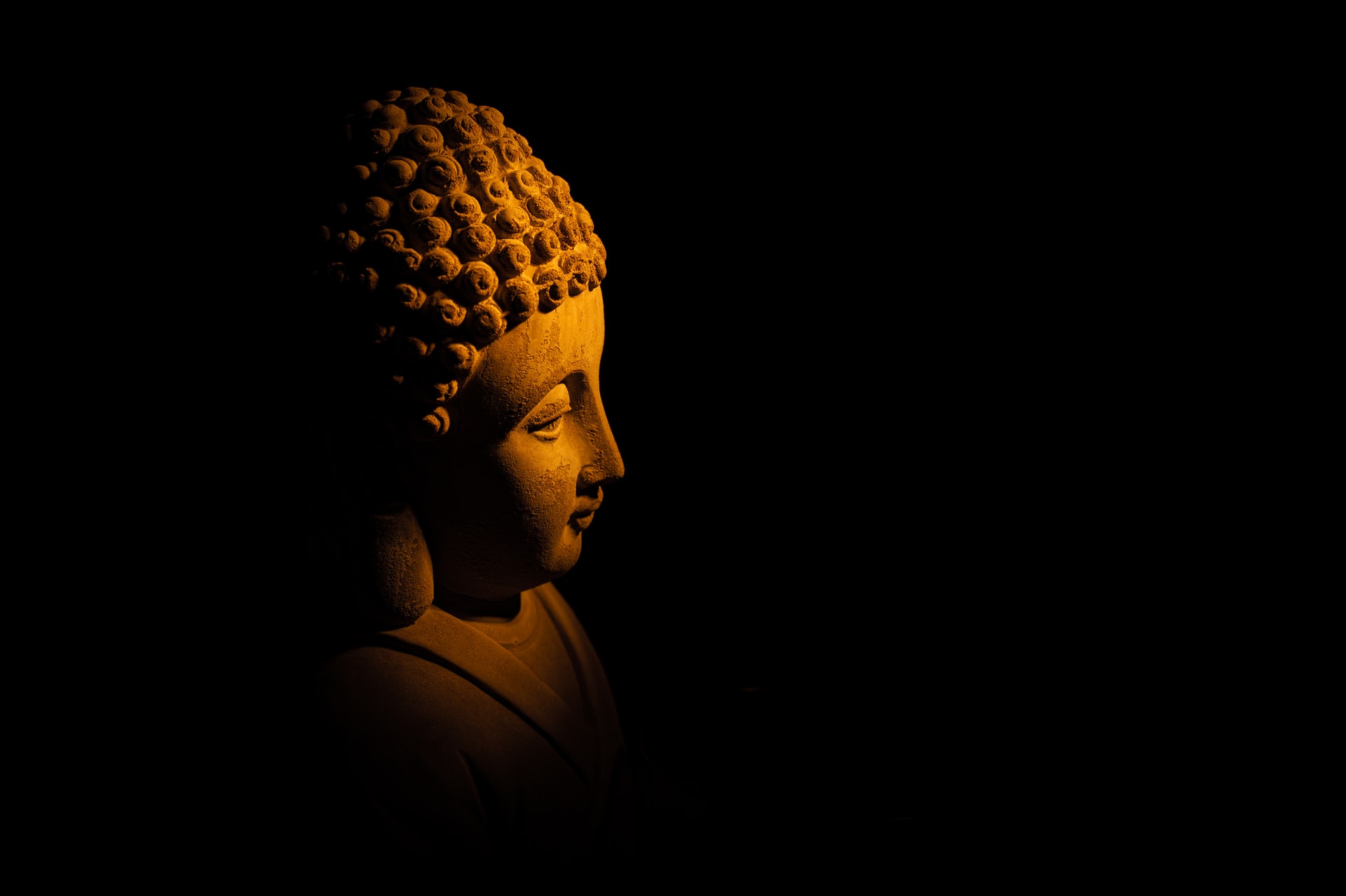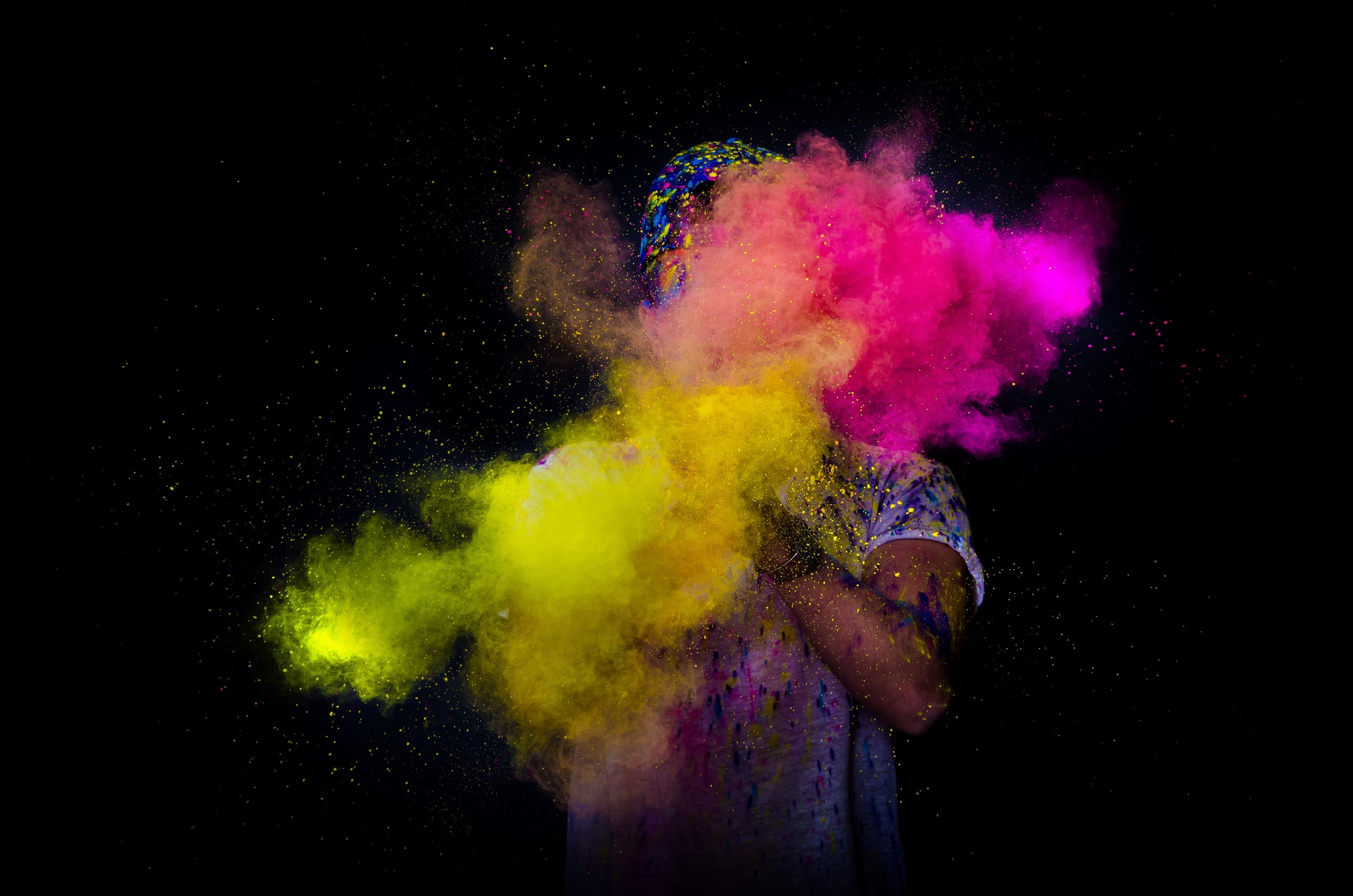Holi is considered as one of the most auspicious festivals in India. If India is renowned abroad, Holi is one of the most potent reasons. Brija Holi is widely popular among foreigners. People across the world came in the month of Falgun [फाल्गुन] just to see the beauty of colors.
But some people believe that Holi is a celebration of Woman’s murder; killing a women by burning her alive. Is that really so?
The night before the Holi, Pyres are built and burnt to signify and celebrate the death of demon Holika; according to some traditions of Hinduism. Holika was also known as Simhika and she is a demonic personality according to folklore in Hindu tradition. She was the sister of Hiranyakashipu.
Hiranyakashipu wanted to be immortal and later Brahma awarded him a boon for his penances. This boon made him ruthless and brutal. His own son Prahlad was disagreed with the ways of his father and later with the help of Lord Vishnu, Hiranyakashipu was killed.
But before his death, Hiranyakashipu told her sister to burn his son alive. She has special powers not to be burnt hence she took Prahlad on her lap and sat in the bonfire. But by the grace of lord Vishnu, Holika burnt alive and Prahlad was saved.
Is Holi a celebration of Woman’s Murder?
This question was asked most often by rational thinkers in India, especially belonged to Scheduled Castes and other Dalit think tanks. According to them, such folklore are the fabrications of literature to hide the real history of this land.
This is possibly in India where people are enjoying watching the burning pyre. We have historical accounts where a widow was forcibly put on the burning pyre of her deceased husband. She was forced to do Sati [Immolation with the husband corpse].
Trumpets and musical instruments were played to over-power the shouts and cry of a burning widow. Burning of Holika is no different. Here also, we are celebrating death of a woman. This argument by such thinkers has some logic.
Demon &, Asurs are common in Indian Mythology. But who were really they? According to Dalit thinkers, Real inhabitants or Indigenous people [मूलनिवासी] of this land were considered as Asurs by the invaders in this land i.e. Aryans.
All the invaders and potent fighters among them were discussed as Lords [देवता] in their scriptures. Ram is considered as the portrayal of Pushyamitra Shung. He was the king of Saket and Rahul Sankrityayan wrote in “Volga to Ganges” that Ayodhya is Saket.
The river flowing adjacent to present Ayodhya is known as Saryu but this river before reaching the city and after crossing it is called Gandak. He asks how this limited stretch of the river got a different name. He says “Sar” in Pali as well as in the local indigenous language means “head”. Using this clue he concludes that when Pushyamitra Shunga ordered his men to behead the Buddhist monks and masses, the river Gandak was filled with the heads of the Buddhists.
Forward Press
One of potent evidence of such facts was once discussed by Honorable Minister, Government of India Mrs. Smriti Irani in the Lok Sabha. She was discussing, perhaps incorrect or correct history, inadvertently in the parliament.
Aryan were victorious. They hold the power to propagate anything through literature. When such literature was enveloped in the religious packet, nobody claimed evidence?
We have evolutionary theories by Charles Darwin, Jean-Baptiste Lamarck and so many others. Have we ever studied Asurs? Lord Ram killed Ravana, an Asur itself but no trace of Ravana in the history of Sri Lanka.
No trace of Ayodhya City was found by Archaeological Survey of India. It was only ruins of Buddhist heritage in this land. But there was never a practical and rational debate happened on this topic.
Holi signifies the triumph of good over evil. But Dalit rational thinkers believes that Prahlad was used by Lord Vishnu to kill his father to destroy his monarchy. It was an attempt to ruin all dynasties governed by indigenous people of India that time. Aryans attempted all methods for their hegemony.
According to Dalit literature, Holi is the celebration of Murders of Bahujans. [K Jamnadas]. Baba Saheb Ambedkar stated, “This literature arose during the period subsequent to the triumph of Brahmins under the leadership of Pushyamitra” (p.257 W&S vol.3) Original authors were non-brahmin sutas, but later they were ousted by brahmins who made monopoly of it”.
There are records that fire for burning pyre of Holika were brought from the house of lower caste. Why? People touched untouchables on this festival and later they took bath, why?
Many rational speakers stated that festivals should be celebrated with fraternity. There must be a sense of unity and association among all sections of societies during celebrations. Celebrating a death cannot be a festival.








